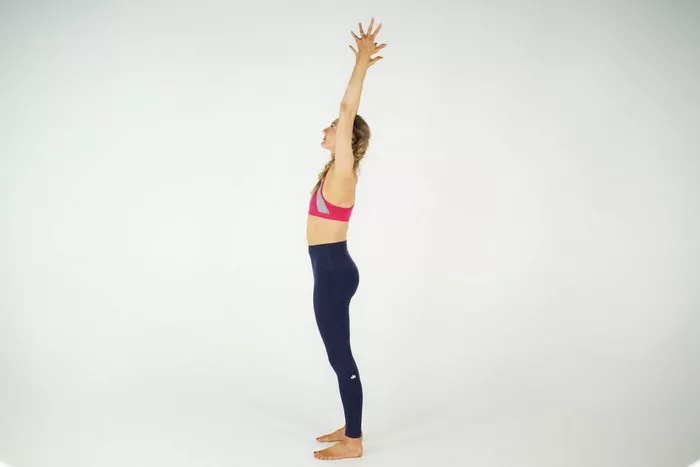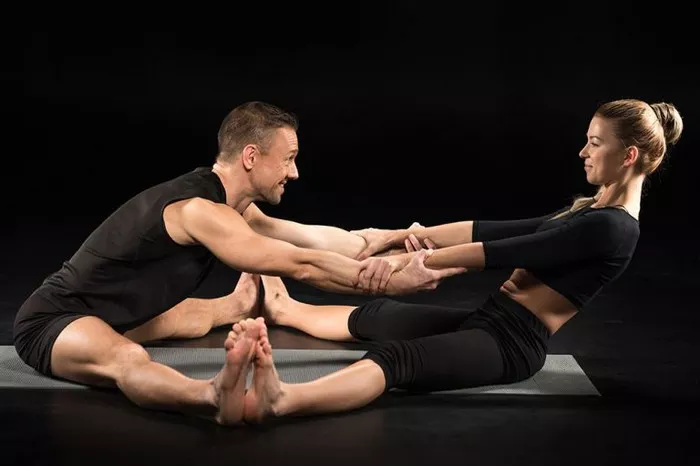Yoga is a practice that transcends age, gender, and fitness level, offering benefits ranging from improved flexibility to reduced stress and anxiety. With the rise of unconventional forms of yoga, one particular variation has gained considerable attention in recent years – Goat Yoga. Combining traditional yoga poses with the interaction of goats, this unique experience has drawn both enthusiasts and curious newcomers alike. However, as with any fitness practice, goat yoga is not suitable for everyone. In this article, we will explore who should refrain from participating in goat yoga and why, taking into account health conditions, personal preferences, and environmental factors.
What is Goat Yoga?
Goat yoga is a form of yoga where participants practice traditional yoga poses while goats roam freely in the space. The presence of these friendly animals can make the experience more enjoyable and even humorous, as goats may climb on participants, nuzzle them, or simply wander about. This interaction is believed to reduce stress and improve mood, adding a lighthearted and whimsical element to the usually serene practice of yoga.
While goat yoga may sound like an enjoyable and unique experience, it is important to acknowledge that the interaction with live animals can present certain challenges, especially for individuals with specific health concerns. Below, we will discuss the types of people who should consider avoiding goat yoga.
1. Individuals with Allergies
For those who are allergic to animals, particularly goats, participating in goat yoga can be uncomfortable or even dangerous. Common symptoms of animal allergies include sneezing, runny nose, itchy eyes, rashes, and asthma-like symptoms. People with severe animal allergies might experience more serious reactions such as difficulty breathing or anaphylaxis, which can be life-threatening.
Even if you’re not allergic to goats specifically, pet dander from other animals, such as cats or dogs, can still trigger allergic reactions in sensitive individuals. While most goat yoga venues take steps to ensure the goats are healthy and clean, it is impossible to eliminate the risk of allergic reactions entirely. Therefore, those with known allergies to animals should avoid participating in goat yoga or consult with their doctor before attending a class.
2. People with Asthma or Respiratory Issues
Asthma is a chronic respiratory condition that causes difficulty breathing due to inflammation of the airways. While yoga can be a great practice for managing asthma, the presence of animals and potential allergens in the air can exacerbate respiratory symptoms. If you have asthma or any other chronic respiratory condition, the environment created in a goat yoga class may not be ideal for you.
The dust from hay, pet dander, and the potential for allergens in the space can trigger asthma attacks. Additionally, the excitement of the goats, as well as their movement around the participants, may also contribute to heightened stress or anxiety, which could further affect your breathing. If you have asthma or similar conditions, it’s crucial to speak with your healthcare provider before attending a goat yoga session.
3. Pregnant Women
Pregnancy is a delicate time, and many yoga instructors will advise against certain poses or practices, especially those that involve physical contact or that may be too challenging. Goat yoga can be particularly risky for pregnant women due to the unpredictability of the animals and the physical interaction that may occur. Goats are curious creatures and may inadvertently jump on or near a participant, which could cause a fall or injury.
Additionally, certain yoga poses, especially those that involve balancing or being on the floor, could be uncomfortable or unsafe for pregnant individuals. The risk of falling or being bumped by a goat could lead to injury, either to the mother or the baby. Pregnant women should carefully consider the potential risks and consult their healthcare provider before participating in any form of yoga that involves physical interaction with animals.
4. People with Anxiety or Fear of Animals
While many people enjoy the unique experience of goat yoga and find it relaxing, others may find the presence of animals unsettling. Those who have a fear of animals (known as zoophobia) or general anxiety about animals may find the unpredictability of goats overwhelming.
In goat yoga, the goats may jump on participants, nuzzle their faces, or simply move around unpredictably. For individuals with a fear of animals, these interactions can lead to heightened anxiety, stress, or even panic attacks. Furthermore, if someone is not comfortable with animals, the presence of goats might take away from the relaxing and therapeutic benefits that yoga typically offers.
If you are considering trying goat yoga and have anxiety about animals, it is important to be honest with yourself about how comfortable you feel in this environment. It may be helpful to try a regular yoga class before deciding whether to engage with goats during the practice.
5. Those with Balance or Mobility Issues
Yoga poses often require participants to balance or shift their weight in various ways, and some goat yoga classes may involve poses where individuals must be on the floor or in close proximity to the goats. For individuals with balance issues or mobility concerns, this can present an additional challenge.
The presence of animals in the space adds a layer of unpredictability. Goats may walk across your mat, nudge you while you are in a pose, or even climb on you, which can disrupt your balance or cause a fall. For people with limited mobility or those who have difficulty getting up and down from the floor, the physical environment of a goat yoga class could be more difficult and even unsafe.
Those with chronic pain conditions, joint problems, or those recovering from surgery may want to consult their doctor before engaging in any type of yoga, particularly one that involves animals. If you have concerns about your ability to safely perform yoga poses or engage in an environment with animals, it’s best to err on the side of caution.
6. People with Compromised Immune Systems
Individuals with weakened immune systems, whether due to a medical condition (such as cancer or autoimmune disease) or medication that suppresses immunity, may be more vulnerable to infections and illness. The close proximity to animals in goat yoga, as well as the potential for exposure to bacteria or other pathogens, could increase the risk of infection.
Goats, like all animals, carry bacteria and parasites that can sometimes be transmitted to humans. While the risk of infection is generally low in a well-maintained environment, individuals with compromised immune systems should consider avoiding any activity that involves direct contact with animals. This includes goat yoga, as the interaction with the goats could expose them to harmful pathogens.
If you have a weakened immune system or are undergoing treatment that suppresses your immune response, it is best to speak with your doctor before considering goat yoga as an option.
7. People with Severe Mobility or Joint Issues
Certain individuals may have severe joint pain or mobility issues, such as those suffering from arthritis, joint replacements, or severe musculoskeletal injuries. While yoga can be therapeutic for many, the physical demands of goat yoga may not be appropriate for those who are dealing with intense pain or limited range of motion.
The unpredictability of the goats – jumping on your mat, walking across your body, or nudging you – can add an element of stress and physical challenge to the practice. Individuals who have difficulty with balance, pain management, or mobility may find that goat yoga exacerbates their symptoms or leads to discomfort during or after the session.
For those with severe joint or mobility issues, it’s advisable to seek out yoga practices that are specifically designed to be gentle and adaptive, such as chair yoga or therapeutic yoga, where the focus is on managing mobility limitations while still gaining the mental and physical benefits of yoga.
8. Children Under Age 8
Goat yoga is often an interactive and hands-on practice, with the goats roaming freely around the participants. This interaction can be delightful for some, but it may not always be suitable for very young children. Children under the age of 8 may not be able to fully comprehend how to interact with the goats safely, and they may be more likely to become distracted or overly excited during the session.
While many goat yoga classes are family-friendly, instructors often have guidelines regarding age limits for participants. The movement of the goats, the unpredictability of the class, and the nature of the poses could make it difficult for very young children to benefit from the session, and they may also pose a safety risk to themselves or others in the class.
Conclusion
Goat yoga offers a fun and unique experience that can provide benefits for many people, such as improved mood, stress reduction, and a good workout. However, it is not for everyone. If you have allergies, respiratory issues, are pregnant, have anxiety or fear of animals, have mobility issues, or have a compromised immune system, goat yoga may not be suitable for you.
Before participating in goat yoga, it’s essential to assess your own health and consider any potential risks. Always consult with your healthcare provider if you have concerns about how the practice could affect you. By understanding who should avoid goat yoga, you can make a more informed decision about whether this whimsical practice is right for you.
Related topics












